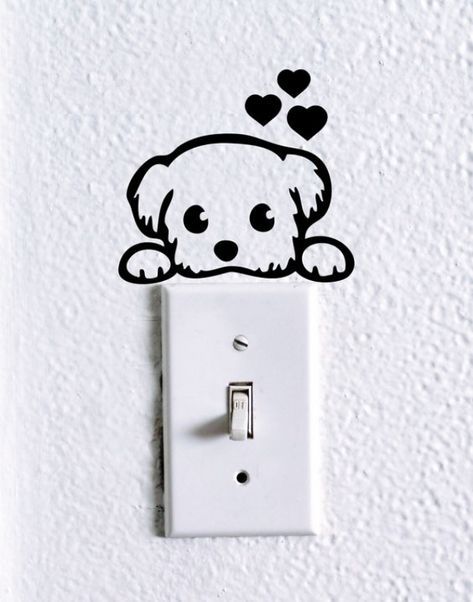Streamlined design set to tackle rising construction demand
In the late 1980s, nearly all vacuums still had a bagged design.
When Booth’s vacuum arrived at a building to be cleaned, the operators used long hoses to suck up dust.The air was passed through a filter, allowing dirt to be collected in the main body of the vacuum.. Cleverly, Booth had included a small window into the chamber, so people passing by could see how much dirt was being collected.

This, combined with the large machine, meant that the vacuum generated free marketing wherever it went..While there was some controversy about the machine – including the noise when in operation – Booth’s vacuum became known as the only vacuum cleaner that really worked.It was even used to clean Buckingham Palace!.

Moving Towards Portable Vacuum Cleaners.The first vacuum was big, required a team to run, and couldn’t even get inside the average home.

In other words, it was expensive to hire and not very practical!.
Vacuums quickly became smaller and more portable, however, with both Electrolux and Hoover developing their first models around this time.This type of filter traps 99.97% of microparticles, like pollen and mould, rather than releasing them back into the air.
There’s also an anti-allergy seal for added protection, making this one of the better bagless vacuums for allergies.. With that said, a bagless emptying system is never going to be as good for allergy sufferers as a vacuum with a self-sealing bag.If you have an allergy, you’ll need to ask someone else to empty the Shark into an outdoor bin, which can be frustrating as it fills up fast..
The filters also get dirty quickly and need regular cleaning.If you vacuum a lot, it may be worth buying a second set so you don’t have to wait for them to dry.. Emptying and Cleaning.




